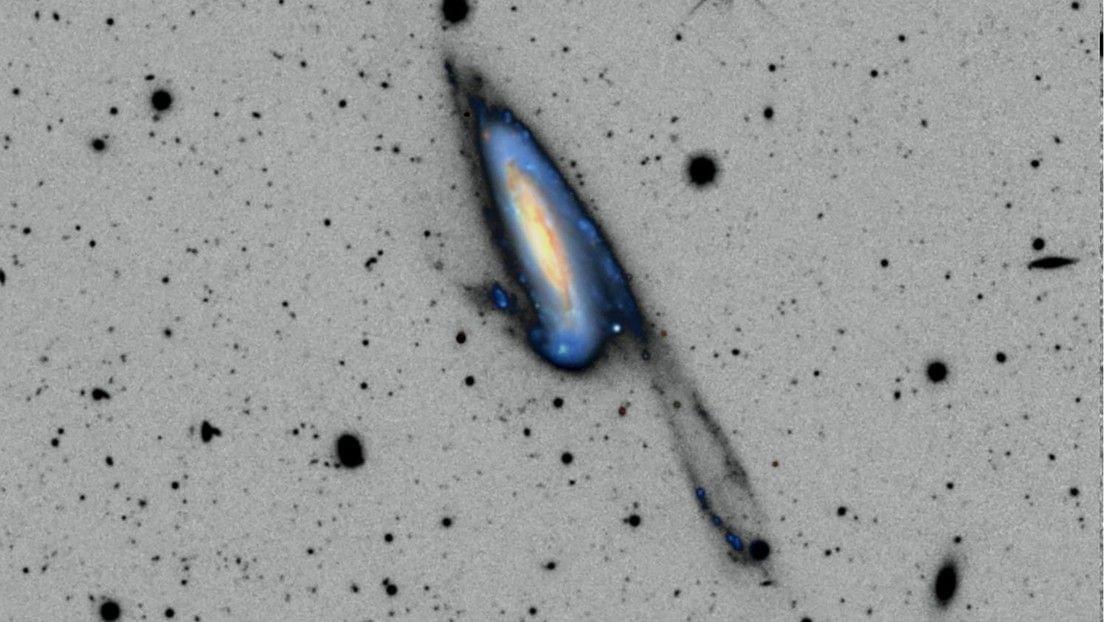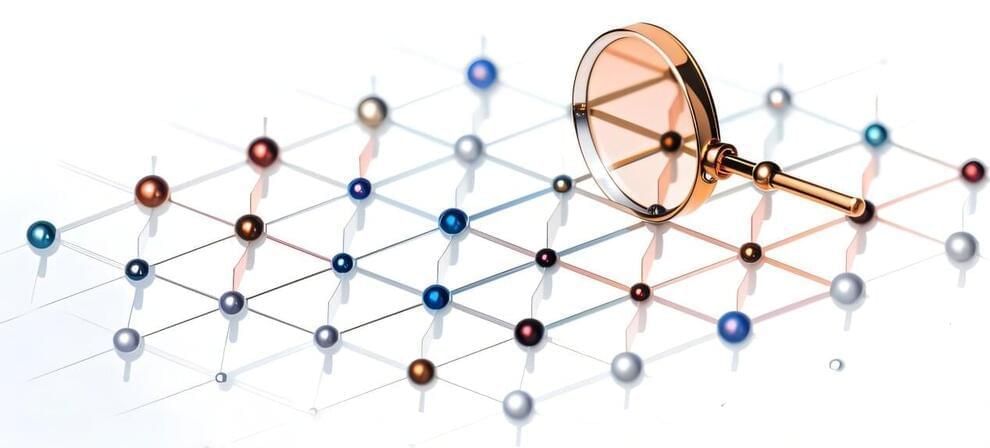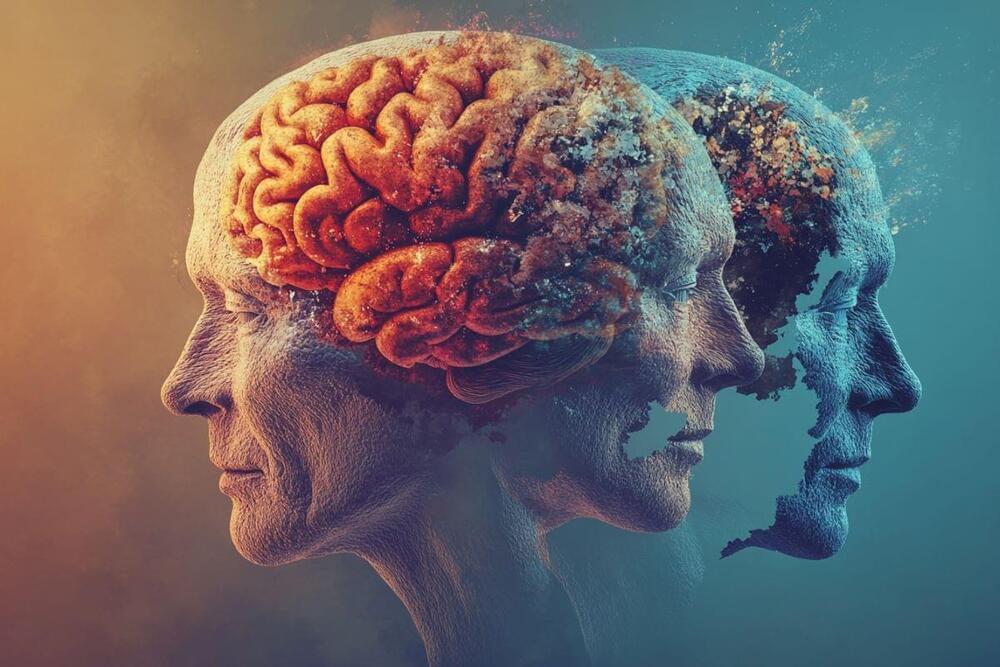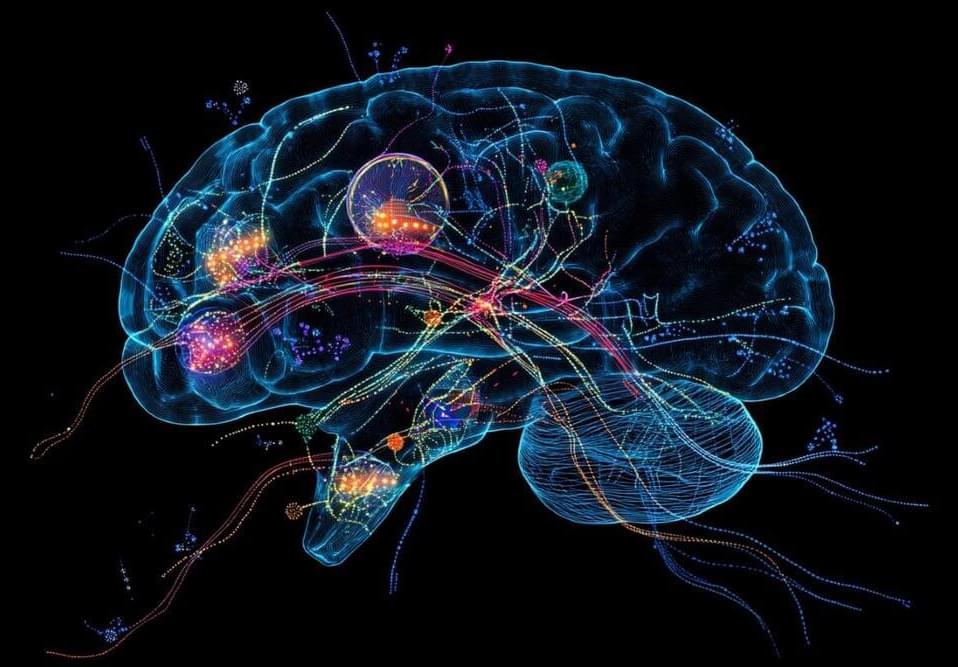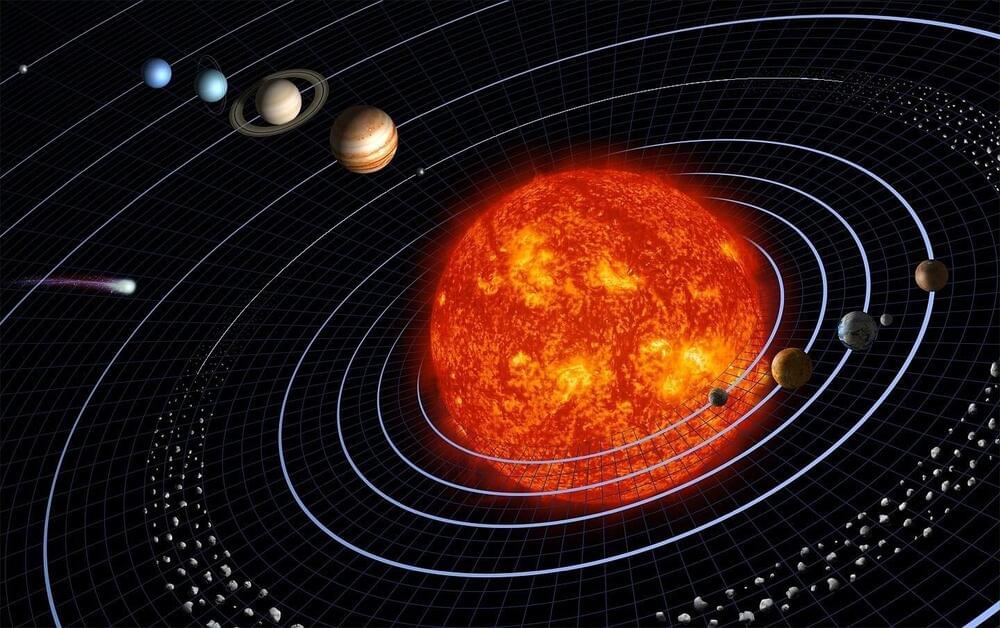Three months after its launch from NASA’s Kennedy Space Center in Florida, the agency’s Europa Clipper has another 1.6 billion miles (2.6 billion kilometers) to go before it reaches Jupiter’s orbit in 2030 to take close-up images of the icy moon Europa with science cameras.
Meanwhile, a set of cameras serving a different purpose is snapping photos in the space between Earth and Jupiter. Called star trackers, the two imagers look for stars and use them like a compass to help mission controllers know the exact orientation of the spacecraft—information critical for pointing telecommunications antennas toward Earth and sending data back and forth smoothly.
In early December, the pair of star trackers (formally known as the stellar reference units) captured and transmitted Europa Clipper’s first imagery of space. The picture, composed of three shots, shows tiny pinpricks of light from stars 150 to 300 light-years away. The starfield represents only about 0.1% of the full sky around the spacecraft, but by mapping the stars in just that small slice of sky, the orbiter is able to determine where it is pointed and orient itself correctly.


